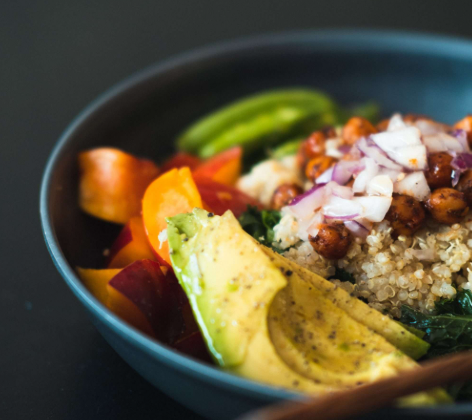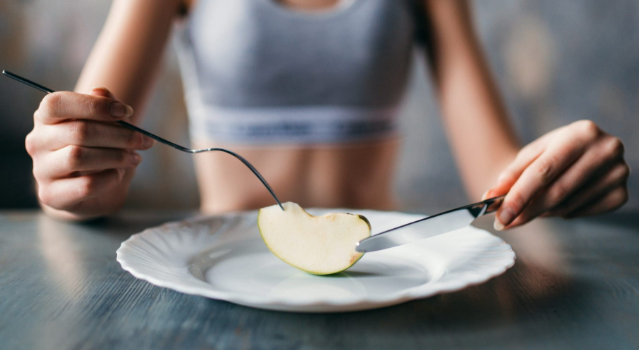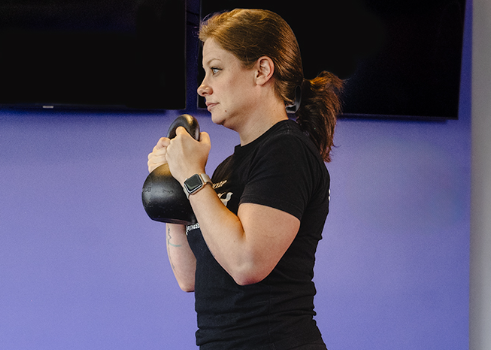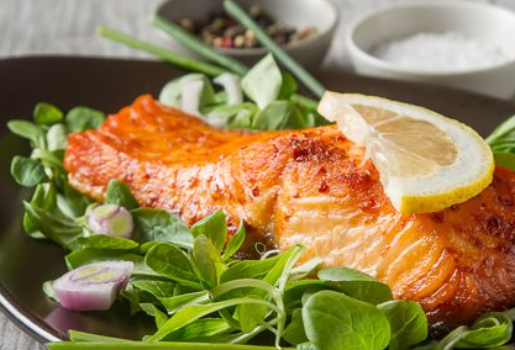
Binge eating is a complex and challenging behavior that many people struggle with. It involves consuming large amounts of food in a short time and often leads to feelings of guilt or shame afterward. Unlike occasional overeating, binge eating is driven by a sense of loss of control and is often accompanied by intense emotional and psychological distress. But the good news is, it is possible to stop binge eating with the right approach, lifestyle changes, and support.
What is Binge Eating?
Binge eating occurs when a person consumes an unusually large amount of food, typically more than most would eat in a similar situation. It is marked by a loss of control over eating, eating very quickly, and experiencing feelings of guilt and shame afterward. While most people experience occasional overeating, binge eating is recurrent and often involves emotional distress.
Binge Eating Disorder (BED)
To be diagnosed with Binge Eating Disorder (BED), specific criteria need to be met:
- Binge eating at least once a week for three months
- A loss of control during eating episodes
- Three or more of the following symptoms:
- Eating quickly
- Eating large amounts despite not feeling hungry
- Eating until uncomfortably full
- Eating in secret
- Feelings of guilt or disgust after eating
- Significant distress around eating episodes
BED differs from occasional overeating by the frequency, intensity, and impact it has on an individual’s well-being. This condition requires proper treatment to manage and prevent co-occurring issues like anxiety, depression, and metabolic disorders.
Why Does Binge Eating Happen?
There is no single cause for binge eating, but rather a combination of physical, emotional, psychological, and environmental factors that contribute to its development.
Physical Triggers
Caloric restriction, whether intentional or not, can trigger binge eating. When the body is deprived of energy, it activates survival mechanisms that heighten hunger and food cravings, especially for high-calorie, palatable foods. Skipping meals or fasting can also lead to fluctuating blood sugar levels, triggering intense hunger and cravings for quick energy sources, such as refined carbohydrates and high-fat foods, ultimately leading to a binge.
Emotional and Psychological Triggers
Difficulty regulating emotions is a significant contributor to binge eating. Many individuals use food as a coping mechanism to deal with overwhelming feelings such as stress, anxiety, loneliness, or boredom. Over time, this pattern can become a learned response, reinforcing the cycle of binge eating. Understanding and addressing these emotional triggers is key to breaking the cycle.
Habit and Environment
Our habits and environments can reinforce binge eating. For example, eating in front of the TV, using food as a reward, or having easy access to highly palatable foods can encourage mindless eating. Distractions while eating, such as using your phone or watching TV, can also make it difficult to recognize hunger and fullness cues, increasing the likelihood of overeating.
Genetics
Genetic factors can play a role in the development of binge eating behaviors. Certain genes influence appetite regulation, reward pathways, and impulse control, making some individuals more predisposed to disordered eating patterns.
The Role of Nutrition in Stopping Binge Eating
Stop Restrictive Dieting
Restrictive dieting often exacerbates binge eating by creating physical and mental deprivation. When you restrict food intake, your body may become overwhelmed by cravings, particularly for the foods that were once considered “off-limits.” To prevent this, it’s important to eat enough and include foods you enjoy. This helps reduce the appeal of restricted foods over time, allowing you to incorporate them back into a balanced diet.
Build Balanced Meals
A balanced meal consisting of protein, healthy fats, and fiber-rich foods helps maintain stable blood sugar levels and prevents extreme hunger. Eating regularly and ensuring that meals are balanced can significantly reduce the urge to binge eat.
Eat Regularly
Eating every three to four hours helps keep blood sugar levels stable and prevents intense hunger, which can lead to cravings or overeating. Regular meals and snacks help nourish your body, prevent feelings of deprivation, and support healthy eating habits.
Understand Your Hunger Cues
Learning the difference between physical and emotional hunger is crucial for breaking the binge eating cycle. Physical hunger builds gradually and can be satisfied with a variety of foods, whereas emotional hunger often comes on suddenly and is linked to specific cravings or feelings. By tuning into your body’s true needs, you can better manage emotional eating triggers.
Practical Strategies to Stop Binge Eating
Mindful Eating Techniques
Mindful eating can help reduce binge eating by encouraging greater awareness of your food choices and eating habits. Here are some mindful eating strategies:
- Create a calm, pleasant eating environment to enhance your meal experience.
- Eliminate distractions, such as phones or TVs, while eating.
- Take smaller bites and chew slowly to allow your brain time to register fullness.
- Put your utensils down between bites to slow your pace.
- Pause halfway through the meal to assess your hunger and fullness levels.
Keep a Food and Mood Journal
Tracking your eating patterns and emotions can help you identify triggers for binge eating. Record what you eat, how you feel, and the circumstances around each eating episode. Over time, you’ll be able to spot patterns that can help you develop healthier coping strategies and avoid future binge episodes.
Create a Binge-Resistant Environment
Make changes to your environment to reduce the likelihood of binge eating. Keep nutritious foods visible and easily accessible, while placing tempting, processed foods out of sight. Meal prepping in advance ensures you have healthy meals ready when hunger strikes, preventing impulsive food choices.
Replace the Habit Loop
The binge eating cycle often follows a predictable pattern of trigger, behavior, and reward. Instead of focusing solely on stopping the binge, aim to replace the behavior with a healthier alternative. For instance, if boredom triggers a binge, try going for a walk, journaling, or calling a friend. Over time, these new responses can help break the habit loop.
Emotional and Mental Health Support
Cognitive Behavioral Therapy (CBT)
CBT is an effective treatment for binge eating disorder (BED). It focuses on identifying and changing negative thoughts and behaviors associated with binge eating. CBT helps individuals understand emotional triggers and develop healthier coping mechanisms, ultimately reducing binge episodes.
Stress Management Techniques
Stress can trigger binge eating, so it’s important to incorporate stress management techniques into your routine. Mindfulness practices, such as breathwork, journaling, and meditation, can help regulate emotions and reduce the urge to binge.
Professional Help
If binge eating episodes are frequent or cause distress, seeking support from a therapist or a registered dietitian is highly recommended. Therapy can help explore the emotional factors behind binge eating, while a dietitian can guide you in building a healthy relationship with food.
Common Myths About Binge Eating
“It’s Just a Lack of Willpower”
Binge eating is influenced by biological, psychological, and environmental factors, not by a lack of willpower. It’s important to understand that the disorder is not about laziness or personal failure but about coping mechanisms that need to be addressed through support and professional help.
“You Should Just Cut Out Trigger Foods”
While avoiding trigger foods might seem like a quick fix, it doesn’t address the root causes of binge eating. A more holistic approach, such as addressing emotional triggers and reducing restrictive eating patterns, is far more effective.
“Only Overweight People Binge”
Binge eating affects individuals of all body types. It’s important to recognize that this disorder is not defined by weight, and people in smaller bodies can also experience binge eating.
Recovery Is a Process, Not Perfection
Overcoming binge eating takes time, and relapses are common. It’s important to practice self-compassion and view relapses as opportunities to learn and grow. Tracking progress, focusing on non-scale victories, and staying committed to your journey will help you build resilience and maintain long-term success.
Conclusion
Stopping binge eating requires a combination of mindful eating, addressing emotional triggers, creating a supportive environment, and seeking professional help. With consistent effort and the right strategies, it is possible to break free from the binge-eating cycle and build a healthier relationship with food. Remember, recovery is a process, and with time and support, you can regain control over your eating habits and lead a more balanced, fulfilling life.

















